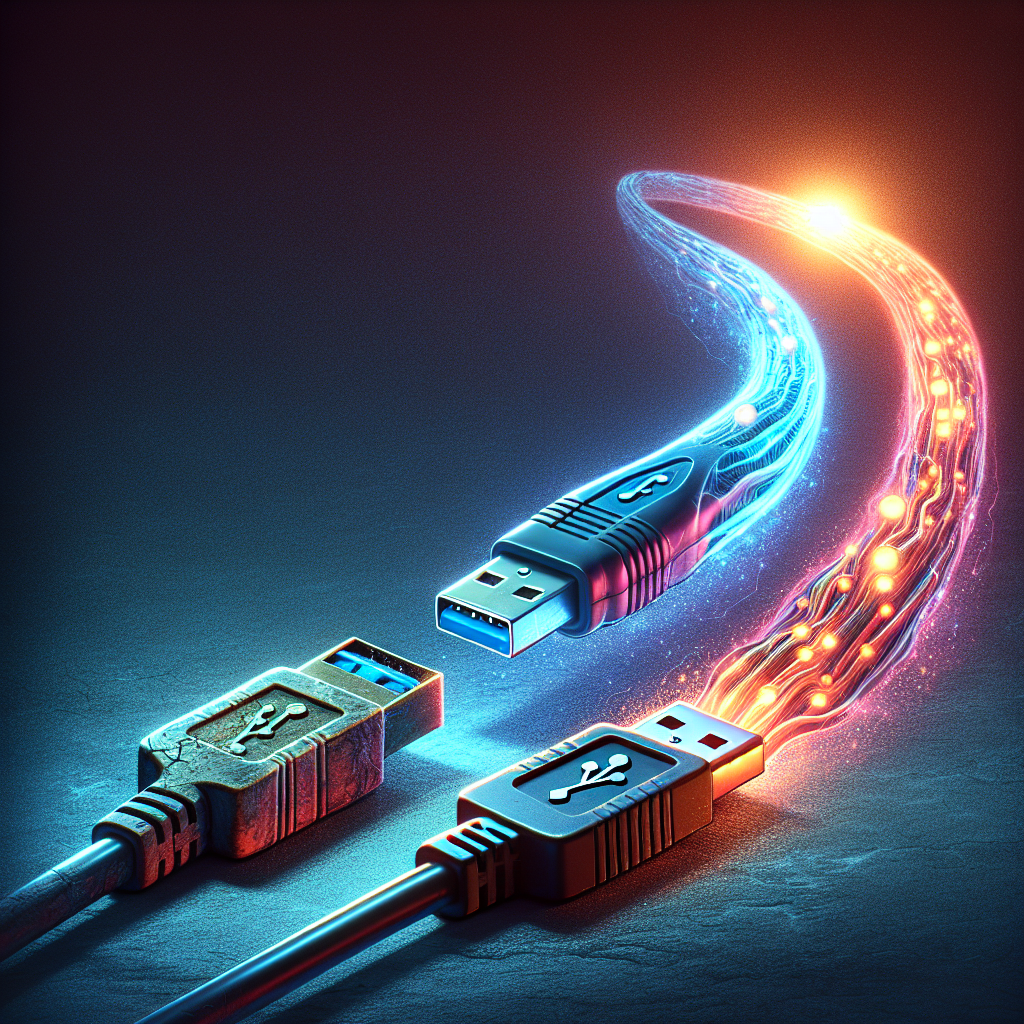USB 3.0, also known as SuperSpeed USB, is the next generation of connectivity that offers faster data transfer speeds and enhanced power efficiency compared to its predecessor, USB 2.0. With USB 3.0, users can enjoy a more reliable and efficient way to connect their devices to their computers, making it an essential technology for modern computing.
One of the key features of USB 3.0 is its significantly faster data transfer speeds. With a maximum transfer rate of up to 5 gigabits per second, USB 3.0 is ten times faster than USB 2.0, which has a maximum transfer rate of only 480 megabits per second. This means that users can transfer large files, such as videos and high-resolution photos, in a fraction of the time it would take with USB 2.0.
In addition to faster data transfer speeds, USB 3.0 also offers improved power efficiency. With USB 3.0, devices can draw more power from the host computer, allowing for faster charging and improved performance. This is especially useful for mobile devices, such as smartphones and tablets, which can benefit from faster charging times and longer battery life.
Another important feature of USB 3.0 is its backward compatibility with USB 2.0 devices. This means that users can still use their existing USB 2.0 devices with a USB 3.0 port, although they will not be able to take advantage of the faster data transfer speeds. This makes the transition to USB 3.0 seamless for users who already have a collection of USB 2.0 devices.
To take full advantage of USB 3.0, users will need to ensure that both their computer and their devices support the new standard. Most modern computers come equipped with at least one USB 3.0 port, although users may need to purchase a USB 3.0 adapter or expansion card if their computer does not have one. Similarly, users will need to make sure that their devices, such as external hard drives and flash drives, are USB 3.0 compatible in order to achieve the fastest data transfer speeds.
Overall, USB 3.0 is a game-changer in the world of connectivity, offering faster data transfer speeds, improved power efficiency, and backward compatibility with existing devices. With USB 3.0, users can enjoy a more efficient and reliable way to connect their devices to their computers, making it an essential technology for anyone who relies on fast and seamless data transfer.


Leave a Reply